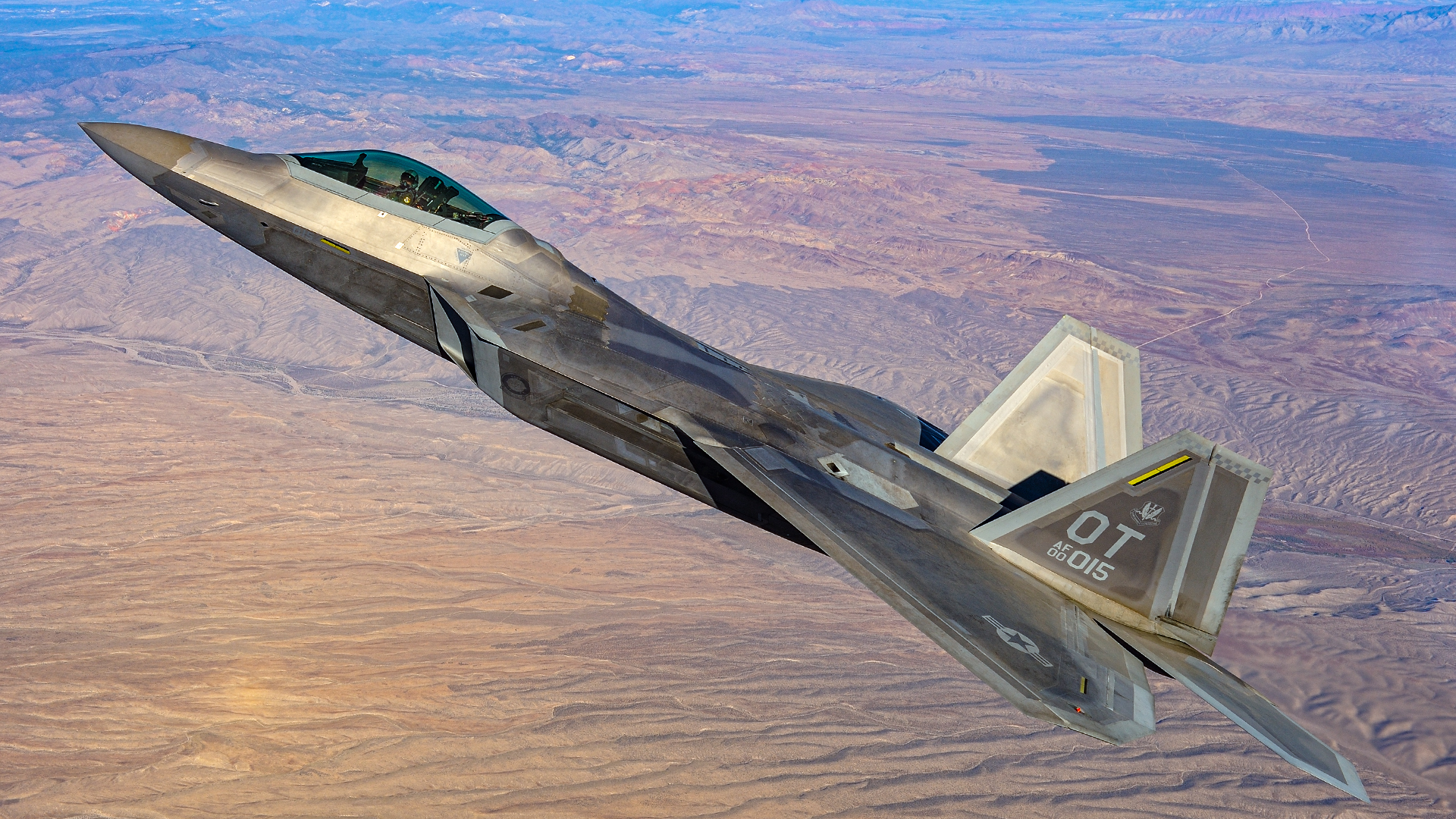
“The Raptor has a huge amount of resources going into its modernization right now to ensure it continues to be the cornerstone of air superiority for the next decade-plus,” says Maj. Kevin “Renegade” Autrey, the lead F-22 Raptor operational test pilot at the 422nd Test and Evaluation Squadron (TES) “Green Bats,” stationed at Nellis Air Force Base, Nevada. Autrey is presiding over one of the busiest periods ever when it comes to enhancements for the Raptor, with some remarkable new capabilities coming down the track.
“Air Force Secretary Frank Kendall says the Raptor is the air dominance solution until Next-Generation Air Dominance [NGAD] comes online. The threat is becoming increasingly advanced and our answer to that is modernizing the Raptor in a few different ways,” says Autrey. It’s not just the Raptor that is a focus for the “Green Bats,” in fact, the squadron’s fighter modernization efforts are wide-ranging and comprehensive.
Editor’s Note: Welcome to Inside Nellis Week day four at The War Zone! Each day this week we will have a major feature on the aircraft, tactics, munitions, and people that are leading the world in air combat training and development.
“We’re making sure all the different fighter platforms — at the “4-2-2” we’re focused on the fighters — are fully integrated so that if a conflict kicks off, all the pieces fit together seamlessly,” adds Lt. Col. Brent “Sword” Golden, commander of the 422nd TES. Teamwork and networking aircraft and ground systems, command and control – all known as integration – is a key theme that runs through high-end warfighting throughout the modern U.S. Air Force.
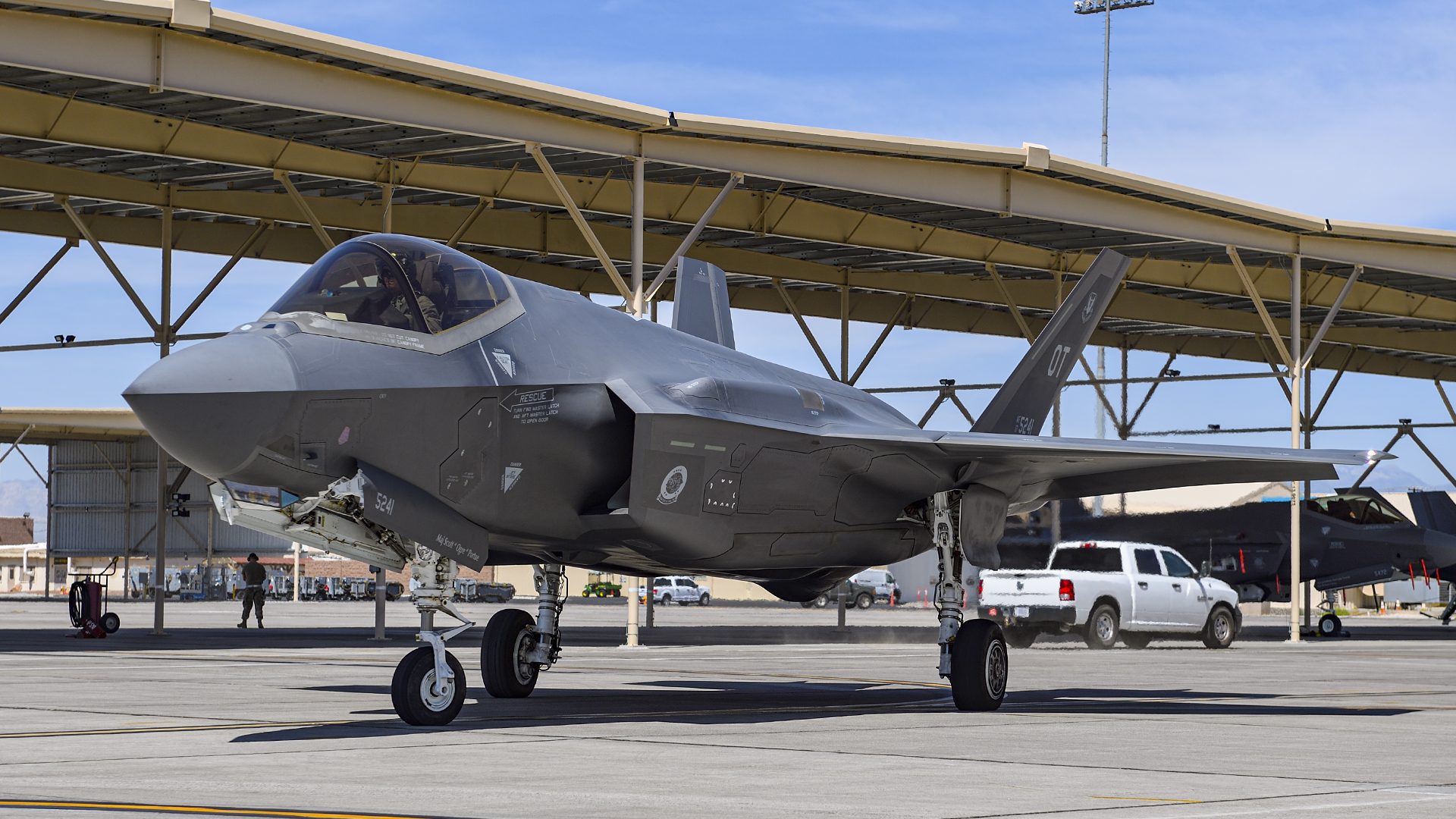
Golden’s squadron is part of the 53rd Wing, which is actually headquartered at Eglin AFB, in Florida. The 422 is a tenant at Nellis under the 53rd Test and Evaluation Group. “The Department of Defense and the USAF are putting a lot of money towards fighter modernization — aircraft like the F-35 and the F-22 — and we are looking to facilitate that modernization here at the 422.”
The 422nd TES operates approximately 60 jets – A-10s, F-15Es, F-16s, F-22s, and F-35s. It also has a Command and Control (C2) division composed of Joint Terminal Attack Controllers (JTACs), Air Battle Managers, and Weapons Directors. Its co-location with the USAF Warfare Center at Nellis is no coincidence. This is all about keeping both equipment, networks, and operators at the leading edge of capability.
A tantalizing artist’s impression of a modernized F-22 released recently by the head of Air Combat Command Gen. Mark Kelly alluded to what the future looks like for the Air Force’s most capable air-to-air fighter. The F-22’s biggest-ever enhancement program is known as the Raptor Agile Capability Release (RACR). The philosophy behind RACR is that approximately once a year the Air Force will upgrade the jet’s software and sometimes make minor internal hardware changes using rapid prototyping and rapid fielding acquisition authorities.
“The idea is that if we can modernize the Raptor on a yearly cycle, we can get [the] capability to the warfighter on a faster pace than we have seen in the last decade,” explains Maj. Autrey. The first phase of RACR is Release 1, known as R1, which sets the field for future updates as the major hardware and software enabler for the subsequent R2 enhancement and beyond.
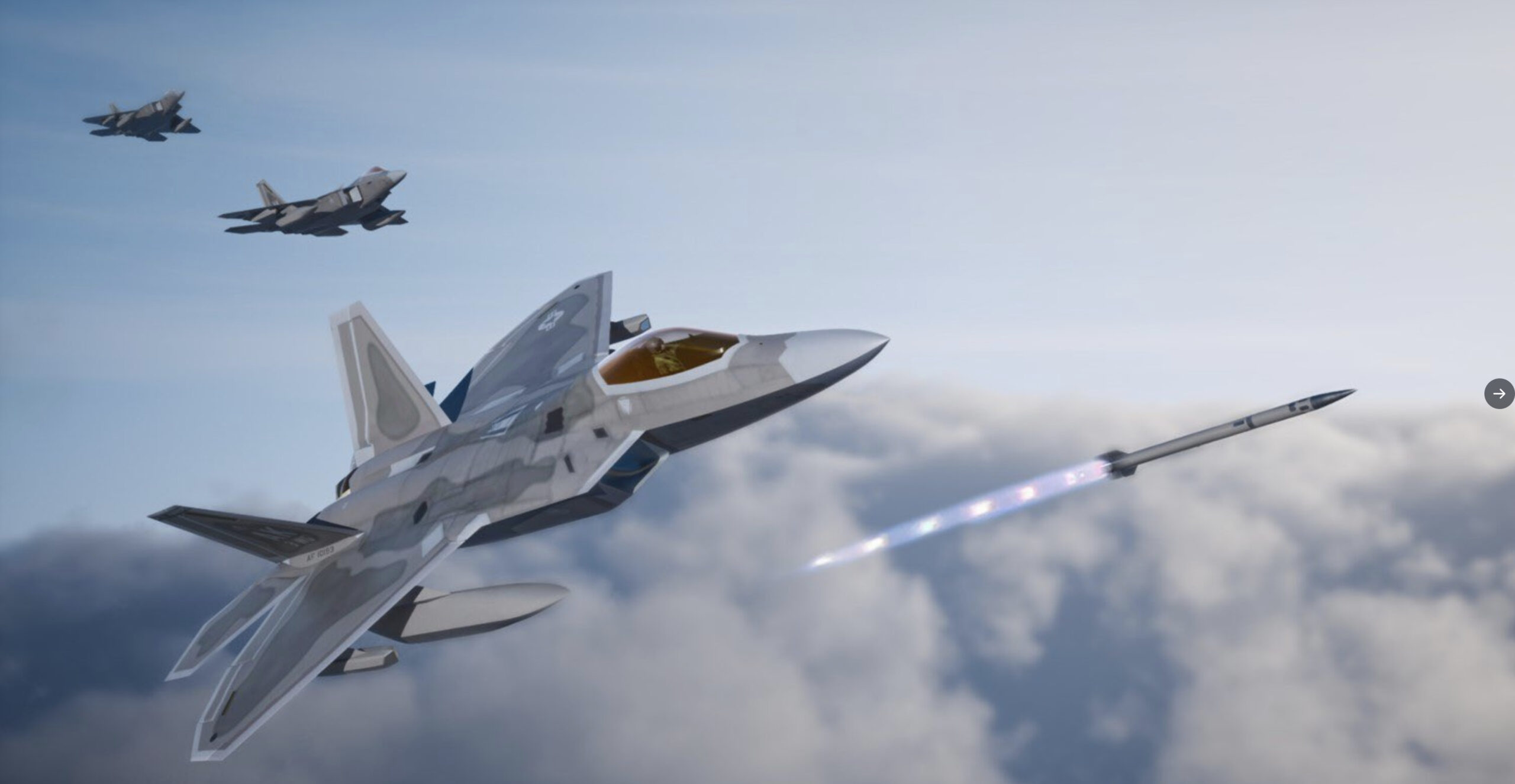
The R1 test design was divided into three phases. Phase 1 included early operational test support to developmental testing and operational testing with early, non-fielded capabilities. Phase 2 included dedicated operational testing during mission trial events, and Phase 3 is post-fielding monitoring. R1 developmental testing was completed on August 16, 2021, encompassing a total of 263 sorties and 308 flight hours. During R1’s Phase 1 Force Development Evaluation (FDE), operational test aircraft accumulated 286 sorties and 332 flight hours. Phase 2 FDE operational testing started in August 2021, and included three offensive and two defensive counter-air mission test events on the Nevada Test and Training Range (NTTR).
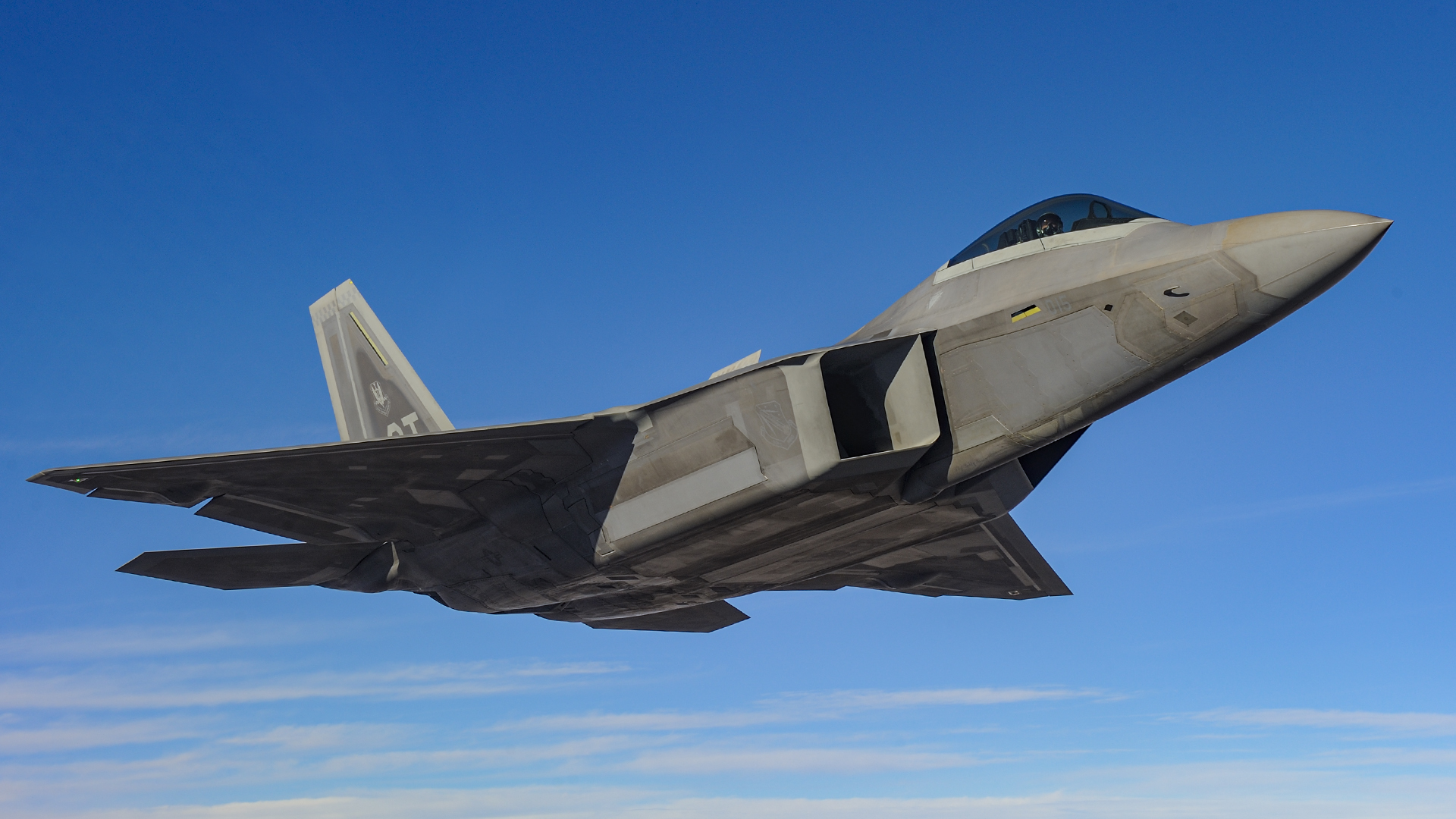
“We have fielded R1 – we completed our operational testing in the fall of 2021. Right now we are full steam ahead with R2 and about to begin testing R3 this summer,” says Autrey. The first jets in operational squadrons have already started receiving the R1 upgrades. One of the major differences between jets that are pre-RACR and those that are now upgraded to R1 is the addition of an open-system architecture and a Multifunctional Information Distribution System-Joint Tactical Radio System (MIDS-JTRS) terminal that finally enables the Raptor to fully use the standard Link 16 datalink protocol, including transmitting the Raptor’s datalink ‘picture.’ For its entire service life, the Raptor has, with a few exceptions, only been able to share the precious data it collects with other F-22s. R1 also includes Mode 5 IFF [identification friend-or-foe], which is a huge step forward for the Raptor in terms of combat identification.
The big headline for R1 is that it prepares the Raptor for JATM – the secretive new AIM-260 Joint Air Tactical Missile, designed to give U.S. fighters a new edge in air combat. “We are in the middle of getting ready for live-fire tests this summer, part of a huge joint test effort between the operational testers at Nellis, and the developmental testers at Edwards AFB, California. The JATM program is completely dependent on RACR-standard, and the F-22 needs R1 and R2 – to an extent – to shoot JATM. That’s everything from integrating the missile into our software, the indications we see in the cockpit, the information we can share with the missile, and the way we interact with the missile from a targeting perspective. There’s a lot of new technology in JATM that is much more advanced than our current [AIM-120 AMRAAM] missile’s technology.”

R2, which is now entering operational testing, includes a lot of JATM software, which is important as the USAF develops the pilot/vehicle interface. R3 will expand the Link 16 envelope with message sharing between allied forces and some upgrades to existing sensors.
The F-22 is also getting an Infra-Red Search and Track (IRST), which is a passive sensor that can track targets at long ranges. IRST is a notable omission from the jet’s current arsenal. “It’s going to be a podded solution,” explains Autrey. “The IRST is a way to get out of the RF [radio-frequency spectrum] fight; it’s another means to a single-ship kill-chain, and it’s got a lot of attention. The technology in the IRST is very impressive. The IR kill-chain we’ve demonstrated in the Department of Defense is extremely hard to get right, and we are putting a lot of time and attention into ensuring the pod is value added to the warfighter.” The War Zone recently revealed images of an F-22 flying with the pods during testing. “The pods are going to be configured to ensure the F-22 retains its stealth capability,” Autrey confirms.
Despite the list of improvements coming down the pipe for the Raptor, the long-held desire for the F-22 pilot to be able to wear a helmet-mounted cueing system still remains “not a hard defined requirement,” according to Autrey. While systems have been tested in the past, he confirms it is on the wishlist. “We are looking at whether we can exploit the open-system architecture in R1 to add a commercial off-the-shelf helmet capability sooner. The problem we have always run into with the helmet is having a truly two-way interactive helmet that can cue or point the AIM-9X missile. That requires extensive software changes. A one-way data stream, where the jet puts some of its information into the visor, is a potentially quicker solution and is something we are looking at right now.” Autrey confirmed that the Raptor test community is looking at three possible helmet solutions, and explains that the need is there because the threat already has that capability.
Of the two F-22s on the 422’s books that have been regularly photographed flying out of Nellis sporting new coatings, Autrey would only comment that these jets are wearing experimental materiel solutions. “We are just trying to see if it’s easier to maintain sustainability and reliability of the aircraft,” he said.
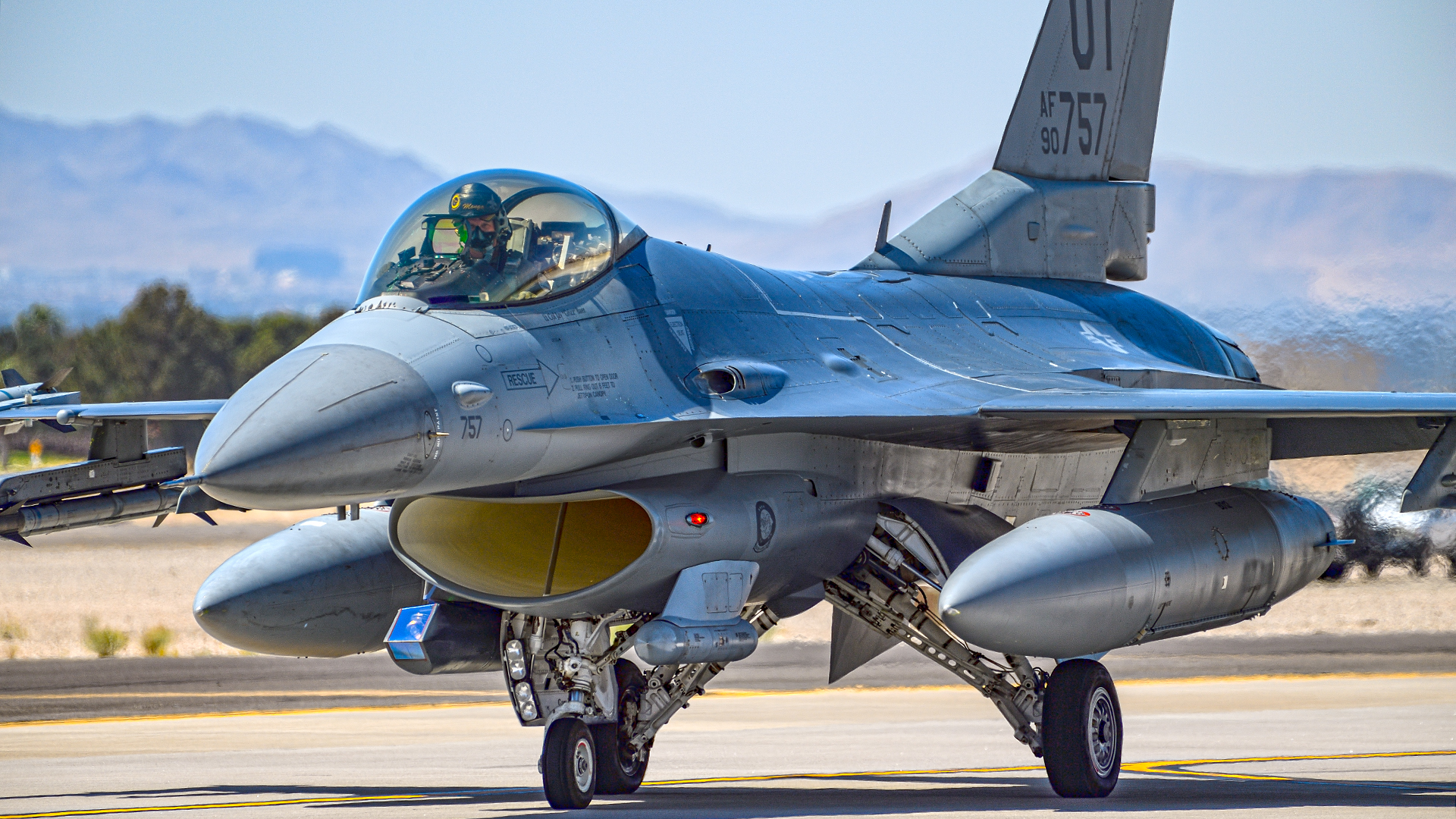
The sheer amount of ongoing operational test work for the F-35A means that this is the most numerous fighter on the books of the “Green Bats.” Maj. Robert “Dawg” Belz has flown the F-35 since 2017 and he confirmed that, like the F-22, the F-35 is now on a path of continuous upgrade. “At the 422 we are between six months and two years ahead of what the warfighter gets. The Continuous Capability Development and Delivery [C2D2] called for a new Operational Flight Program [software improvement] every six months for the F-35. We’ve stretched that out to about a yearly cycle, and we feel that’s a good pace.”
It’s not only the fifth-generation fighters that are subject to this succession of rolling upgrades. Maj. Matthew “Juice” Russel confirmed that the F-15E Strike Eagle is now engaged in what’s known as Continuous Development and Improvement [CD&I], which should mirror the iterative software processes being seen on the F-35 and F-22. “The aim is to produce new OFPs that get updated as fast as possible — think of smartphone-type software updates.” He also commented that the capabilities afforded by the F-15E’s new Eagle Passive/Active Warning Survivability System (EPAWSS) “let us get a bit closer to the high-end fight and use weapons such as the GBU-39 Small Diameter Bomb and AGM-158 Joint Air-to-Surface Standoff Missile [JASSM].”
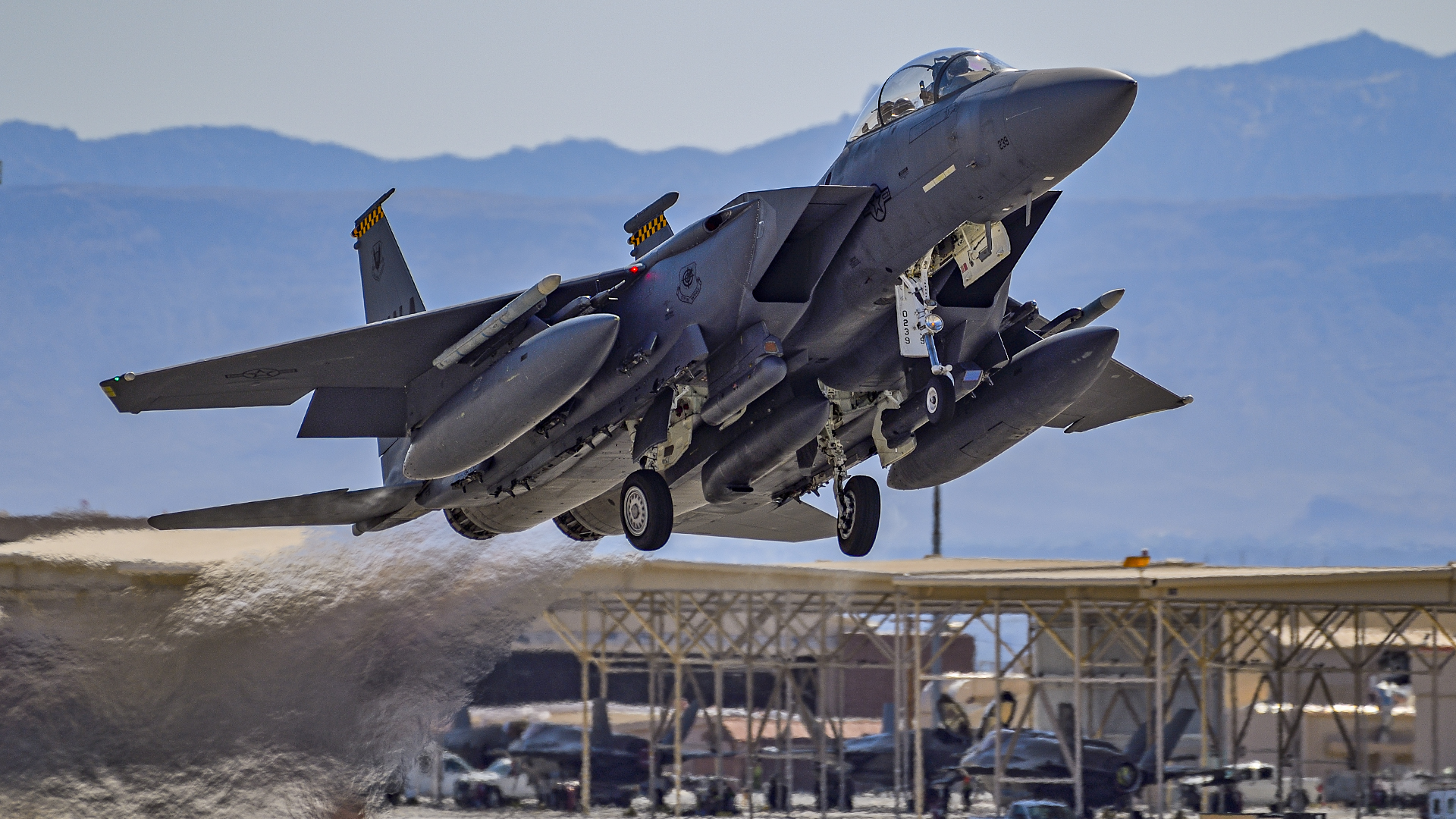
Bringing all of these lines of improvement into a technological melting pot is what Exercise Black Flag is all about. “Efforts in the test world feed heavily into Black Flag,” comments Lt. Col. Golden. “One of the main focuses is to bring together the disparate lines of effort in the 53rd Wing into a focused event.”
One of the primary efforts in the latest Black Flag exercise held in May out of Nellis was addressing automated long-range kill chains and how to ensure the technologies that support them are operationally ready and relevant. In January, at the annual Combat Air Force [CAF] Weapons and Tactics Conference (WEPTAC) held at Nellis, the 422nd TES presented Watchbox and Tactical Radio Application eXtension, or Trax, two data translation and routing tools that significantly speed up the data transfer from sensor to shooter.
“In the latest Black Flag, we generally looked at long-range threats,” commented Maj. Theodore, “CINC” Ellis. The 53rd Wing used automated intelligence, surveillance, and reconnaissance (ISR) reporting, automated intelligence collecting, and various means of sending data using automation, essentially removing the need to have a human in the loop on the decision-making side. “This approach removes delays and human error using Watchbox and Trax. There’s a human in the loop, but just watching and monitoring the system. The system is smartly allocating assets and weapons to target sets.”
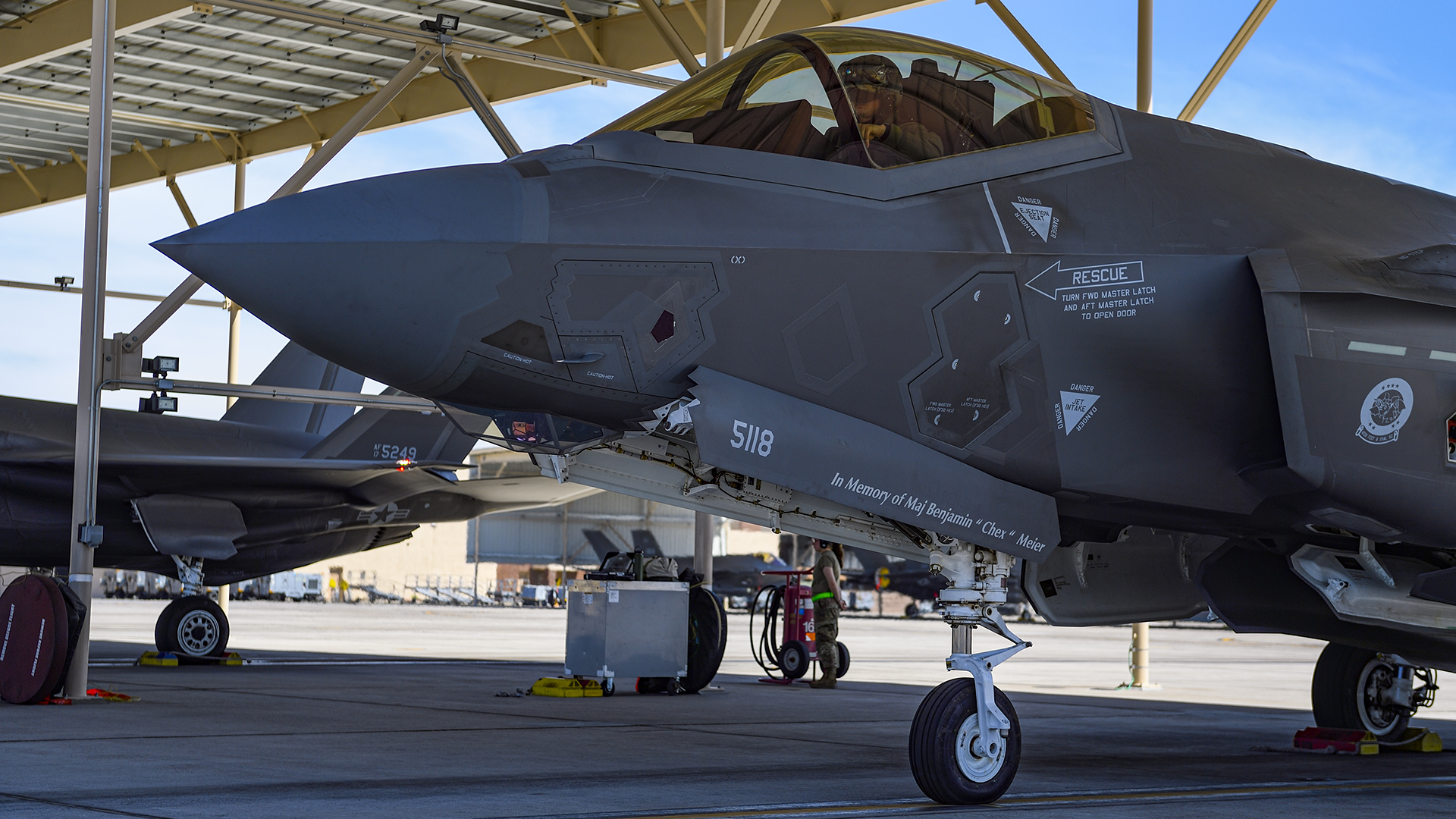
“A single intelligence hit in a database during our Weapons School Integration phase normally could take 25 to 30 minutes before it is passed to a shooter on Link 16,” commented Maj. Ridge Flick. “Now we’ve shortened the timeline through automated means to anywhere from 40 seconds to four minutes, and removed the errors associated with humans transposing information from one system to another.”
Black Flag in May was used to test automated intelligence reporting using Watchbox and automatically disseminated the reporting to six separate ground nodes and two Link 16 networks using Trax. The testing proved combining machine-to-machine communication and automated intelligence reporting enables significantly shorter kill chains.
From integrating and testing the latest AIM-260 air-to-air missile on the F-22, to rolling software upgrades, integrating assets as cohesive warfighting teams, and evaluating them all in realistic large-force exercises, the 422nd TES really is the heartbeat of the leading edge of the Air Force. Its location at Nellis ensures it neatly feeds into the training at the Weapons School, makes use of the USAF’s most advanced threat-replication systems, and the wealth of other pioneering entities that make Nellis such an important venue for the modern U.S. Air Force.
Contact the editor: Tyler@thedrive.com
